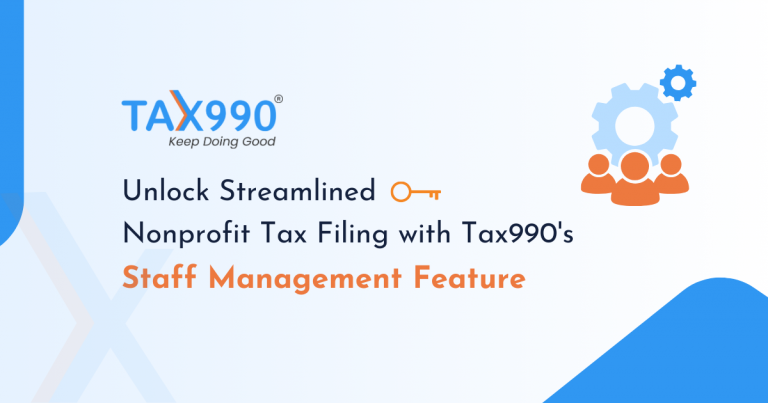Estimated reading time: 8 minute(s)
The Form 990-T plays a crucial role in the financial reporting landscape, providing organizations with a means to calculate and disclose their unrelated business income to the IRS. In essence, it’s the document that separates income generated from activities unrelated to the organization’s primary mission. Here’s a comprehensive guide to unravel the nuances of the 990-T form.
Who Needs to File a 990-T Form?
The 990-T form comes into play when an organization reports unrelated business income of $1000 or more on their annual 990 series return. If you find your organization in this category, filing the 990-T is a necessary step in maintaining compliance.
Notably, disregarded entities and domestic or foreign organizations exempt under specific sections of the IRS code may also need to file the 990-T if they received $1000 or more of gross income from unrelated businesses. This form isn’t exclusive to profit-making entities; even certain tax-exempt organizations, like Employees’ trusts, IRAs, Roth IRAs, and Coverdell ESAs, utilize the 990-T to report unrelated business income.
Crucial Information for Filing
Completing the Form 990-T demands meticulous preparation. Ensure you have the following information on hand:
- Your organization’s name, address, and EIN.
- Details about unrelated business income (UBI).
- Comprehensive tax calculations.
- Information on tax dues and payments.
- Other activities of the organization.
- Group exemption number (if applicable).
- What is Schedule A on a 990-T Form?
When filing the 990-T electronically, you’ll encounter Schedule A, designed for reporting the unrelated trade or business. Each unrelated trade or business income item or code requires a separate Schedule A. If you have multiple items under the same code, they can be efficiently combined under one Schedule A. The purpose of Schedule A is to provide a clear breakdown of income and allowable deductions for each distinct unrelated business.
For detailed 990-T instructions, click here.
Understanding Business Codes
Business codes, 6-digit numbers categorizing types of unrelated business income or trade, play a pivotal role. The IRS instructions furnish an extensive list of business code categories. When completing Schedule A, enter the business activity code that best characterizes the unrelated trade or business being reported. If reporting multiple categories, consider a separate Schedule A for each, ensuring accuracy in code usage.
Filing Deadlines
For organizations completing the 990-T alongside the 990 series return, the filing deadline is the 15th day of the 5th month following the organization’s tax year. Certain entities, such as Employees’ trusts, IRAs, Roth IRAs, and Coverdell ESAs, face a deadline of the 15th day of the 4th month after the end of their tax period.
Navigating the intricacies of the 990-T form demands diligence and understanding. Stay compliant and streamline your reporting process to ensure a seamless tax filing experience. If you need assistance, don’t hesitate to reach out to our team of experts at Tax990.com.
Ready to start your 990-T e-filing process? Get started with Tax990 today by creating your free account!




